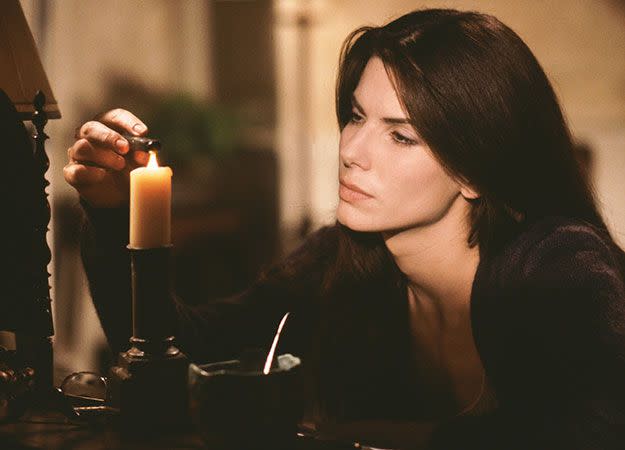Hag to heroine: the surprising evolution of the on-screen witch

What does the word ‘witch’ mean to you? An insult? An accolade? As TV shows and series featuring witches is only on the up, we chart the evolution of the on-screen witch.
For thousands of years, ‘witch’ has been code for a woman who is too independent, too clever, too old, too ugly, too unwifelike. On screen, witches have long been incarnated as hideous crones, always the villain of the story. The archetype, for so long, was the green-faced, black-hatted wart factory made familiar in The Wizard of Oz.

However, over the past three decades, witches have undergone something of a reinvention. The late 80s saw the first of five screen adaptations of The Worst Witch book series; set in a school, the witches are funny, spirited girls. Then the 90s ushered in a new trope, with witches depicted as savvy, modern young women harnessing their power: Practical Magic, Charmed, Sabrina the Teenage Witch.
That’s not to say screen witches haven’t been vengeful – at the 18 certificate end of things, The Blair Witch Project springs terrifyingly to mind – but for the most part, their mainstream representation since the early 00s has been dominated by JK Rowling’s clever heroine, the no-nonsense Hermione Granger.

Now, we have Diana Bishop in the A Discovery of Witches (streaming weekly on NOW TV). Adapted from Deborah Harkness’ popular All Souls trilogy, the series centres on scholar Diana, played by Australian actress Teresa Palmer. Downton Abbey’s Matthew Goode and Sherlock’s Louise Brealey co-star.
Diana is first and foremost an academic - a Yale history professor on a research trip to Oxford University - but upon discovering a magical manuscript, she is forced to embrace the supernatural abilities she has shunned for years, since the death of her parents.
As a character, and as a witch, Diana is complex and conflicted, intelligent and powerful. She is the witch we need in 2018. It’s no surprise that women are drawn to her, and revel in the idea of harnessing their own 'super' powers to achieve their true potential.
Today, the word ‘witch’ has a new, alternative meaning: a woman who is empowered and in control. A woman to be awed and admired. In the ‘Witches’ episode of female-fronted millennial satire Broad City, a character announces: “Witches aren’t monsters, they’re just women! And that’s why everybody wants to set them on fire ‘cause they’re so f****** jealous.”
If witches represent the power inherent in women, then it’s only right that we have to shape and redefine our on-screen witches for each new era.
('You Might Also Like',)



